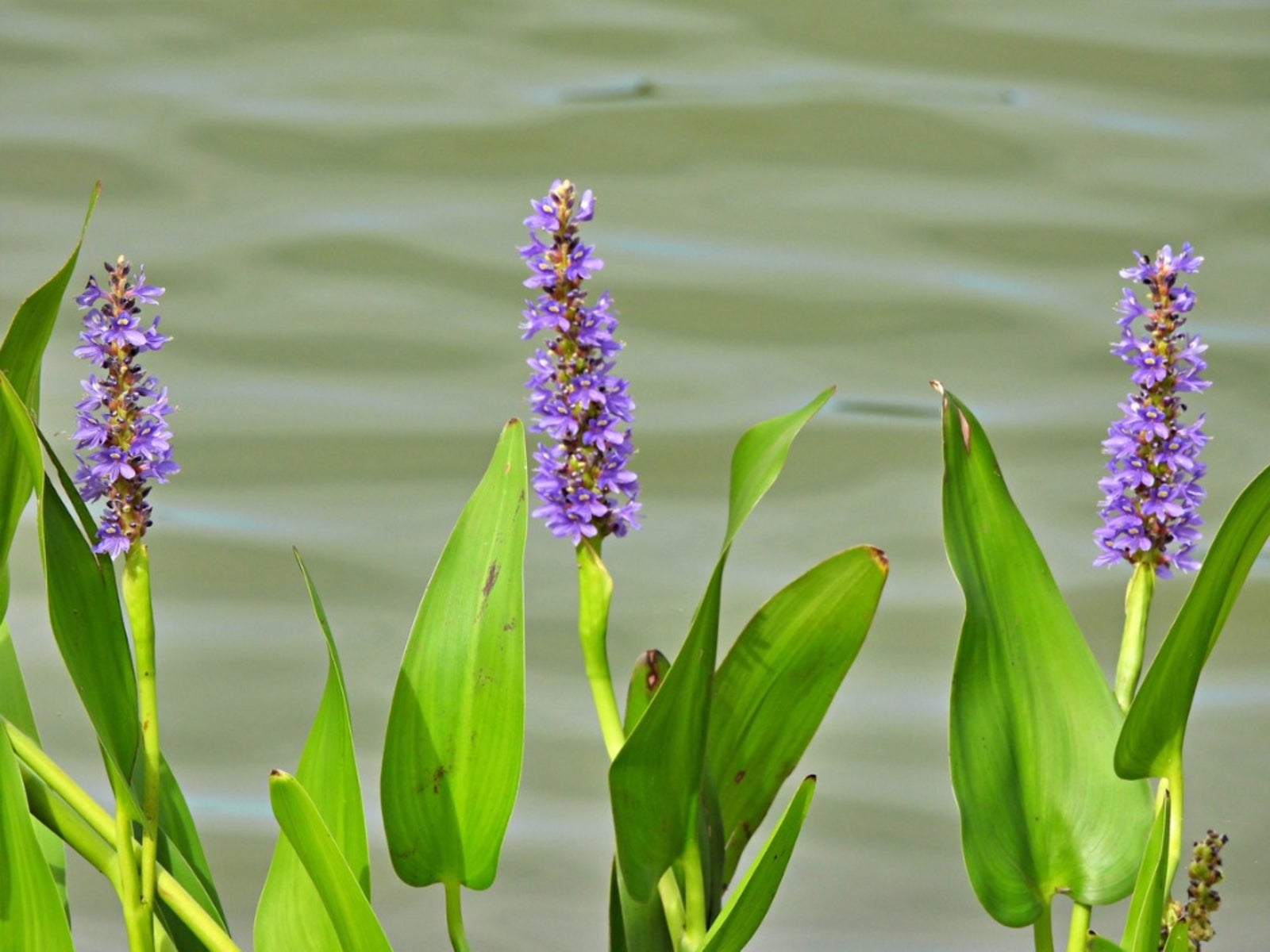What Are Emergent Plants: Types Of Emergent Plants For Ponds

Imagine walking through the woods and coming upon a sunny pond. Cattails hold their spikes up to the sky, bulrushes rattle in the breeze, and lovely water lilies float on the surface. You've just been admiring a collection of emergent plants, some of which you can use in your own backyard pond or water feature. Emergent water plants grow at the edges of bodies of water, and usually show off attractive leaves or fronds. They're not known as flowering plants, but when they do produce flowers they're usually spectacular. You can use emergent plants for ponds you build in the backyard; they'll add an attractive natural touch to your landscaping design.
About Emergent Water Plants
What are emergent plants? These plants grow in ponds and other bodies of water. They grow with their roots in the mud or soil underwater, and have leaves or spikes that grow through the surface up into the air. They can grow from tubers or from roots, and most of them spread easily in their environment. They can be as small as an inch or two (2.5-5 cm.) in height, or as tall as 6 feet (2 m.). Many of these plants spread so easily that you have to trim them back each year to prevent them from overtaking their environment.
How to Use Emergent Plants in Water Gardens
In deciding how to use emergent plants in water gardens, your first concern should be the size of your water feature. Keep the size of the plants in scale with your pond. Large cattails look out of place in a tiny 4 foot (1 m.) pond, while large landscaping features call for mass plantings of smaller plants. Some of the best types of emergent plants for home use include water lilies, with their multicolored blooms; pickerelweed, which has hand-sized flat leaves standing straight; and arrowheads and fire flag for their large spikes of showy blooms. If you're building a larger pond in a shady spot, smaller cattail and bulrush varieties can add to the natural look, while maidencane gives a nice accent with spiky grass-like leaves. Some emergent plants are so prolific they need to be contained to prevent them from taking over the pond. Water lily is the most common of these plants. Unless you have built a huge pond on a large piece of land, plant water lilies in containers filled with potting soil and place the pots in the bottom of the pond. Watch their growth each year, and remove any that escape and establish themselves in the bottom of the pond. NOTE: The use of native plants in a home water garden (referred to as wild harvesting) can be risky if you have fish in your pond, as most natural water features are host to a plethora of parasites. Any plants taken from a natural water source should be quarantined overnight in a strong solution of potassium permanganate to kill any parasites prior to introducing them into your pond. That being said, it is always best to obtain water garden plants from a reputable nursery.
Sign up for the Gardening Know How newsletter today and receive a free copy of our e-book "How to Grow Delicious Tomatoes".